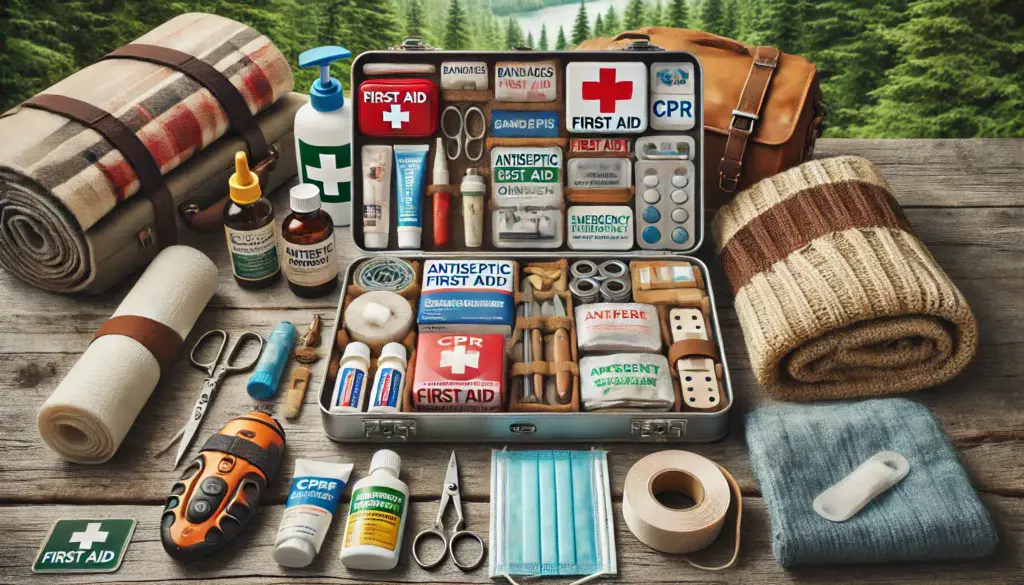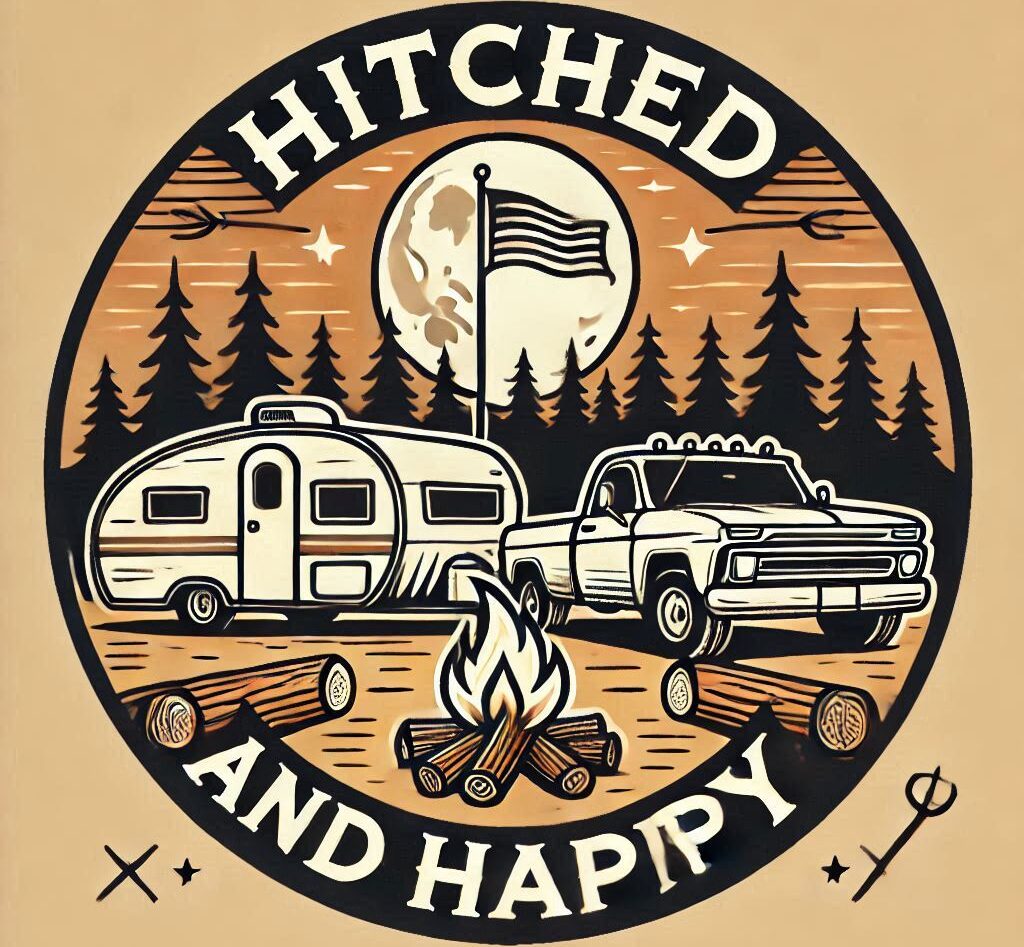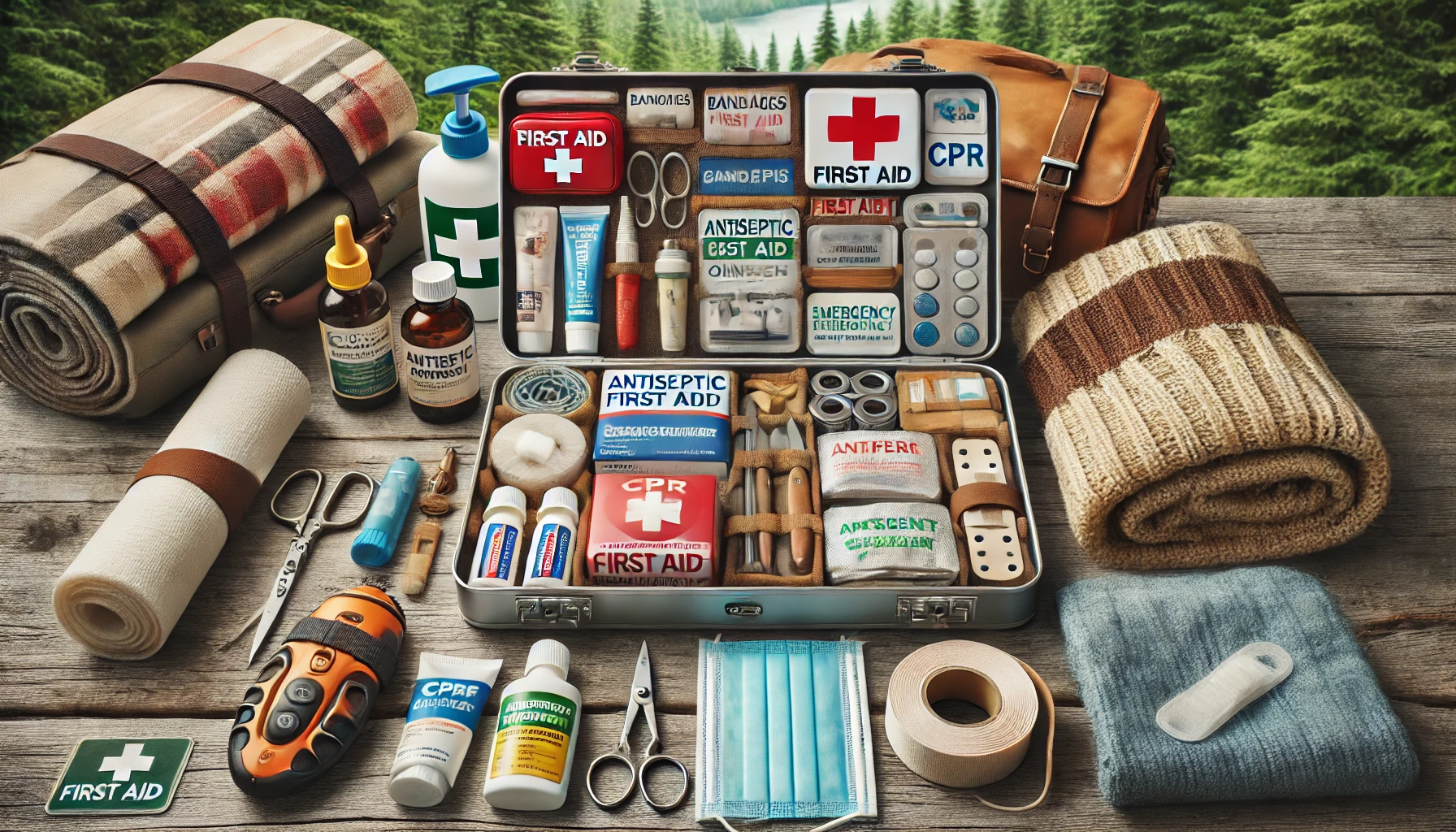Navigating through the forest or hiking up a mountain has its fair share of thrills, but it can also be a bit risky when it comes to injuries. Think cuts, scrapes, or even sprains. Keeping an eye on where you step can help avoid some of these, but accidents do happen. Knowing how to clean and bandage wounds can prevent infections, especially when you’re miles away from a pharmacy.
Then, there’s the heat. Spending hours outside in the sun can lead to dehydration or heat exhaustion before you even know it. Staying hydrated is not just a suggestion—it’s a necessity. Watch out for signs like dizziness or an unusually rapid pulse. Those could hint at something more serious.
And let’s not forget about our tiny, sometimes menacing critter friends. Insect bites or an unfortunate brush with some plants can trigger allergic reactions. Itching or swelling might be mild annoyances, but these can escalate. Recognizing early symptoms is key to managing them effectively.
There’s also the unpleasant surprise of a stomach upset caused by food that didn’t quite sit right or water that carried a hidden threat. Digestive issues can really put a damper on your camping vibe. It’s about knowing what to eat and keeping things clean, really. Boiling water before you sip or using purification tablets could be one of the best decisions while out there.
Essential First Aid Kit Components for Campers

Packing a first aid kit might not scream adventure, but it’s your best friend in the wild. You don’t have to lug a whole pharmacy up the hill. Just a few essentials can make a world of difference. Think band-aids, antiseptic wipes, and pain relievers. These are non-negotiables.
Tweaking your kit based on where you’re headed is a smart move. If you’re headed into tick territory, throw in some tweezers and insect repellent. Bound for the mountains? Add a couple of heat packs. Your kit should reflect what you might face on the trail.
Don’t wait till you’re halfway through your hike to find out that your supplies have expired. A quick rummage through your kit before each trip ensures everything’s up to scratch. Replenish what you’ve used so you’re never caught off-guard when you need it most.
Crafting your first aid kit is about balancing between what you know and anticipating the unknown. The goal is to stay prepared, so you can enjoy nature with peace of mind.
Basic First Aid Techniques Everyone Should Know
Out there in the wild, knowing how to handle basic injuries can be a lifesaver. Let’s talk wound care first. Cleaning a cut with clean water and applying a bandage or sterile dressing is crucial to prevent infection. Basic stuff, but it makes all the difference.
CPR is not just for TV dramas. If someone collapses, knowing even the simplest chest compressions can mean the world. Remember, push hard and fast, about 100-120 compressions a minute, right in the center of the chest.
Snakes can be sneaky, and getting bitten isn’t fun. Stay calm. Keep the limb still and below heart level, and avoid the old movies’ trick of sucking out the venom. That’s a myth! Seek professional help ASAP—they’re the ones who’ll have the anti venom on hand.
Cold weather adventures bring their own set of challenges like hypothermia or frostbite. Layering up before you get to this point can help. But if it happens, warm the body up gradually—don’t drop someone in hot water. That can do more harm. Basic caution and care are your best bets.
Empowering Campers through First Aid Knowledge and Training
Taking time to learn first aid is like carrying a little safety net wherever you go. Wilderness first aid courses offer practical, hands-on skills that are super useful. They teach you what to do when you’re far from help, which makes you a more confident adventurer.
Sharing nuggets of first aid wisdom among your camping group boosts everyone’s safety. It turns a bunch of people into a team, ready and prepared. Giving tips on what to do if something goes sideways ensures everyone’s got each other’s backs.
Learning doesn’t stop after a course. Every experience is a lesson, and you can update your skills by staying curious and practicing what you’ve learned. It’s like keeping your safety muscle flexed. After all, the more prepared you are, the more you can relax and enjoy the beauty of the wild.

